One of the biggest myths in the area of application development is that tools like low-code and no-code add little to the work routine. It is common the idea that the low need for codes makes these tools not applicable to technical professionals in the area. However, this is a subject that must be demystified, as developers can benefit greatly from using these ways of creating applications.
One of the advantages, without a doubt, is the reduction of creation time. We know that an application, however simple it may be, has a considerable production time when based on codes. And programming, even though it is an exact science, is not free of human failures either. How many times has a professional developer been looking in the lines of an application where there was a wrong comma in order to make the project work as it should?
A survey carried out by Deloitte showed that development with low-code, little code, can be 50% to 90% faster than a traditional approach, because the software automatically creates lines, allowing the professional to use less codes – which by itself already brings more productivity.
Now with the no-code solution, without any code, this percentage of agility can be even higher, considering that applications are created in a simpler and more intuitive way, just clicking and dragging icons, in a process similar to that used nowadays on website building platforms.
The concept of low-code and no-code programming has been structured so much that even data analytics and Artificial Intelligence (AI) solutions can be implemented with just a few clicks. Therefore, even a specialized professional would be much more productive when creating a solution using these techniques.
Another benefit is to decentralize the creation of applications in the IT area and allow other professionals with different types of education and experience to create an application with basic functionality – which allows the technology team to focus on more challenging projects and encourages technological knowledge in the market that currently lacks qualified professionals.
According to a report by the Association of Information Technology and Communication Companies (Brasscom), the Information Technology (IT) area will demand around 420,000 professionals by 2024, most of which will certainly be dedicated to creating applications, which increases annually .
To get an idea of the potential of this area both for the market and for people who want to enter the area, in the first quarter of last year alone, Internet users downloaded 10% more apps than the same period in 2020, totaling 31 billion of downloads, according to the consultancy App Annie.
A recent example of the applicability of these tools comes from a large company, Braskem. Company employees created an application using Power Apps, a development platform using low code to monitor suspected and confirmed cases of COVID-19. The application has integration with Power BI for storing and reading coronavirus infection data; as well as Azure services.
The app is integrated with Microsoft Teams, which has a chatbot to facilitate the entry of symptoms and vaccination status of employees on a daily basis. With the solution, it was possible to optimize medical follow-up by health teams, in addition to gathering information about vaccination among its employees.
After data collection, it is able to automatically alert local doctors and responsible managers if a suspected or confirmed case of COVID-19 is identified, in addition to allowing the medical team, members of the COVID committee and Braskem’s regional also view the disease contamination curve, the location of cases, infection status and medical licenses. At the time the case was disclosed, in November last year, around 3,500 self-declarations were made daily. All this with a low-code tool!
Regarding security, these solutions also provide a high level of protection, since they are built in the cloud and have several layers of protection that are already applied by design. Additionally, IT teams can work in partnership with other areas to review applications and ensure that all security settings have been enabled. In the case of Power Apps, from Microsoft, it is possible to protect data against leaks and unauthorized connections, ensuring that the information you consider sensitive is only available to users that you have authorized, in addition to offering comprehensive features to prevent data loss.
Studies and trends are showing us the potential that low-code and no-code technologies can bring to businesses and organizations of any size or segment. This is a path of no return for the democratization of innovation, benefiting technology professionals and enthusiasts in the area.


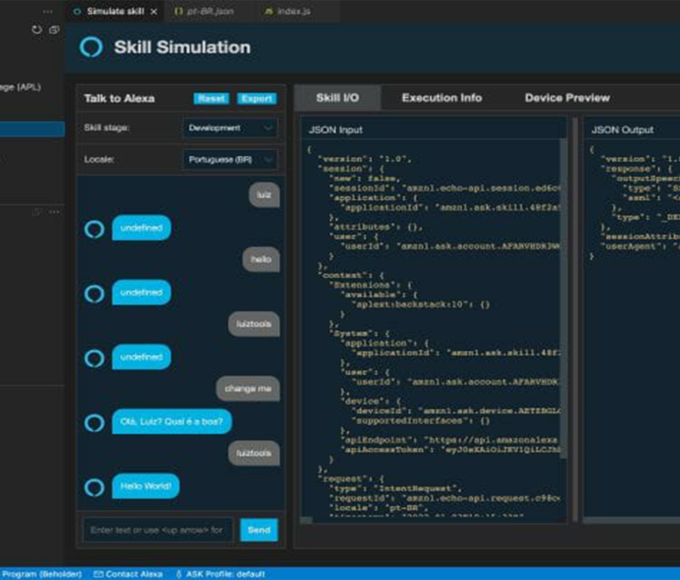






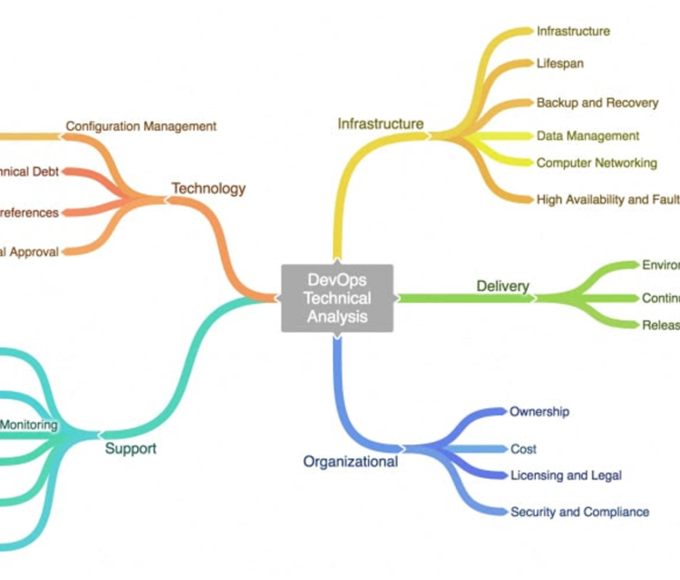




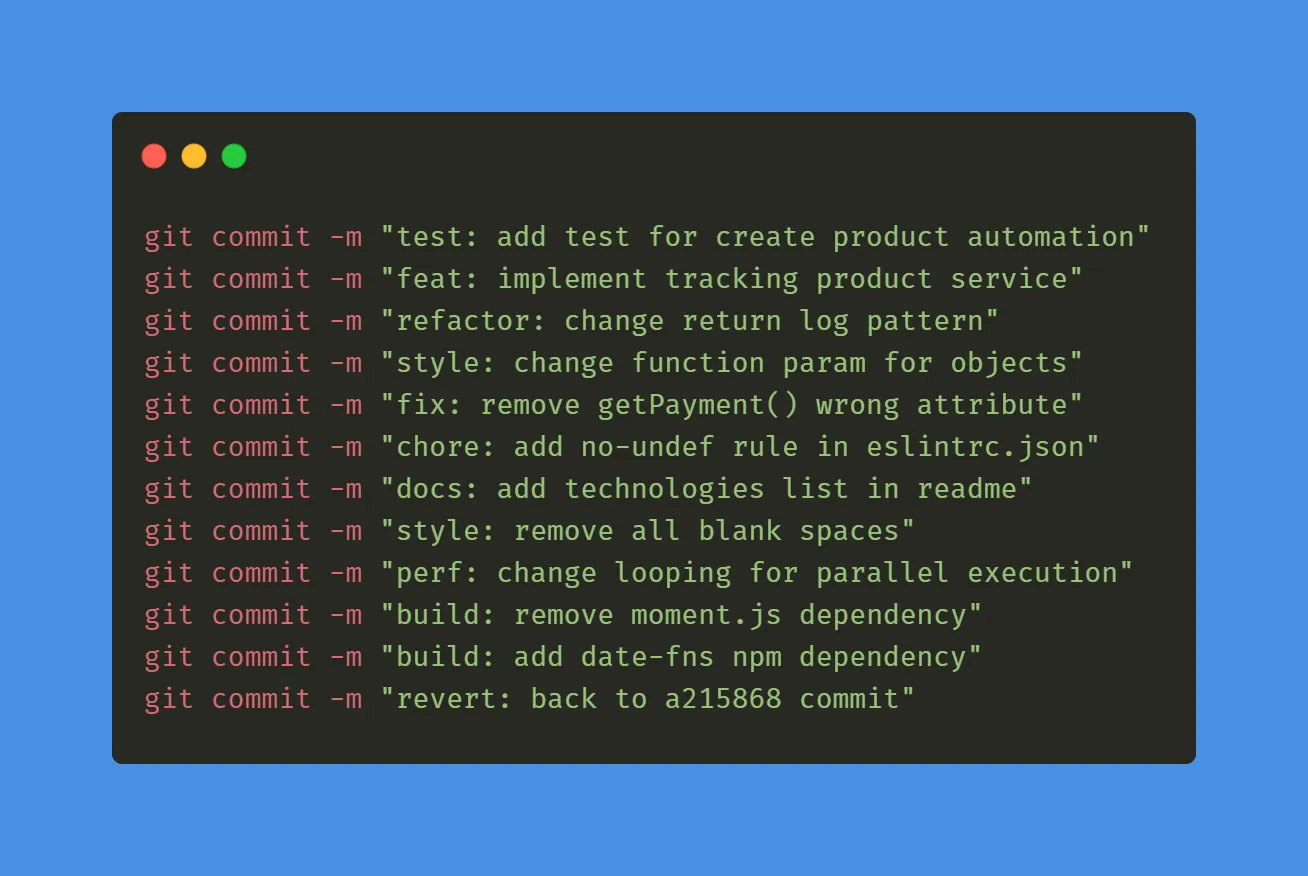

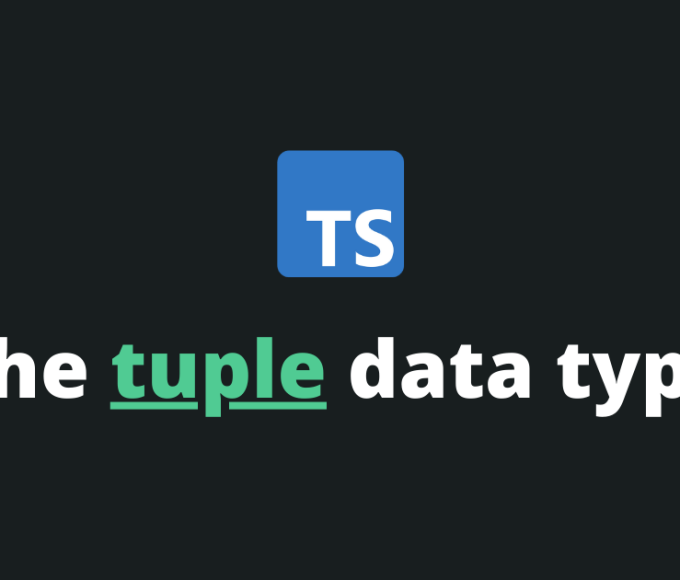






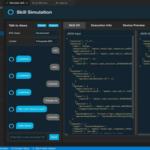



Leave a comment